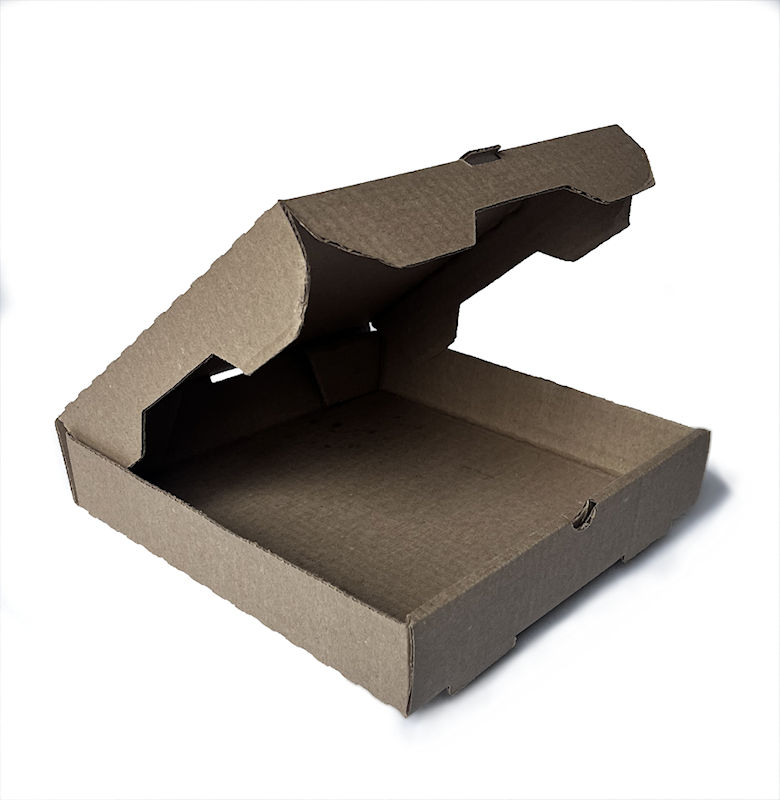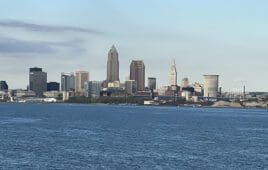By Mark Jones
 It looks innocuous in my hand, yet there are growing calls to ban it. It may use technology created for the Manhattan Project, but, in my hand, it doesn’t feel like a weapon. It feels natural, in spite of the very unnatural materials it may contain. I’m not at all cautious as I open it. Reaching in, I grab a slice. I do love pizza.
It looks innocuous in my hand, yet there are growing calls to ban it. It may use technology created for the Manhattan Project, but, in my hand, it doesn’t feel like a weapon. It feels natural, in spite of the very unnatural materials it may contain. I’m not at all cautious as I open it. Reaching in, I grab a slice. I do love pizza.
Pizza predates the Manhattan Project. Although pizza technically isn’t the problem, it’s the box. Cardboard for pizza boxes have been made resistant to both grease and steam using fluorocarbons. Five years ago, almost certainly, per- or polyfluorinated alkyl substances, PFAS, would have been used. Some states have now banned PFAS in things like pizza boxes. I’m not in one of those states. I can’t be sure whether the box in my hand uses PFAS or not.
PFASes were initially identified as a health concern at hotspots. There are many maps with markers locating these hotspots contaminated most commonly by some intense use of PFAS in manufacturing or firefighting. Realization of widespread contamination from use in paper may ultimately be the trigger for bans gaining traction.
Check out the full article at R&D World
Filed Under: RD, Regulatory affairs




